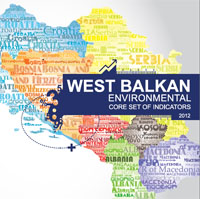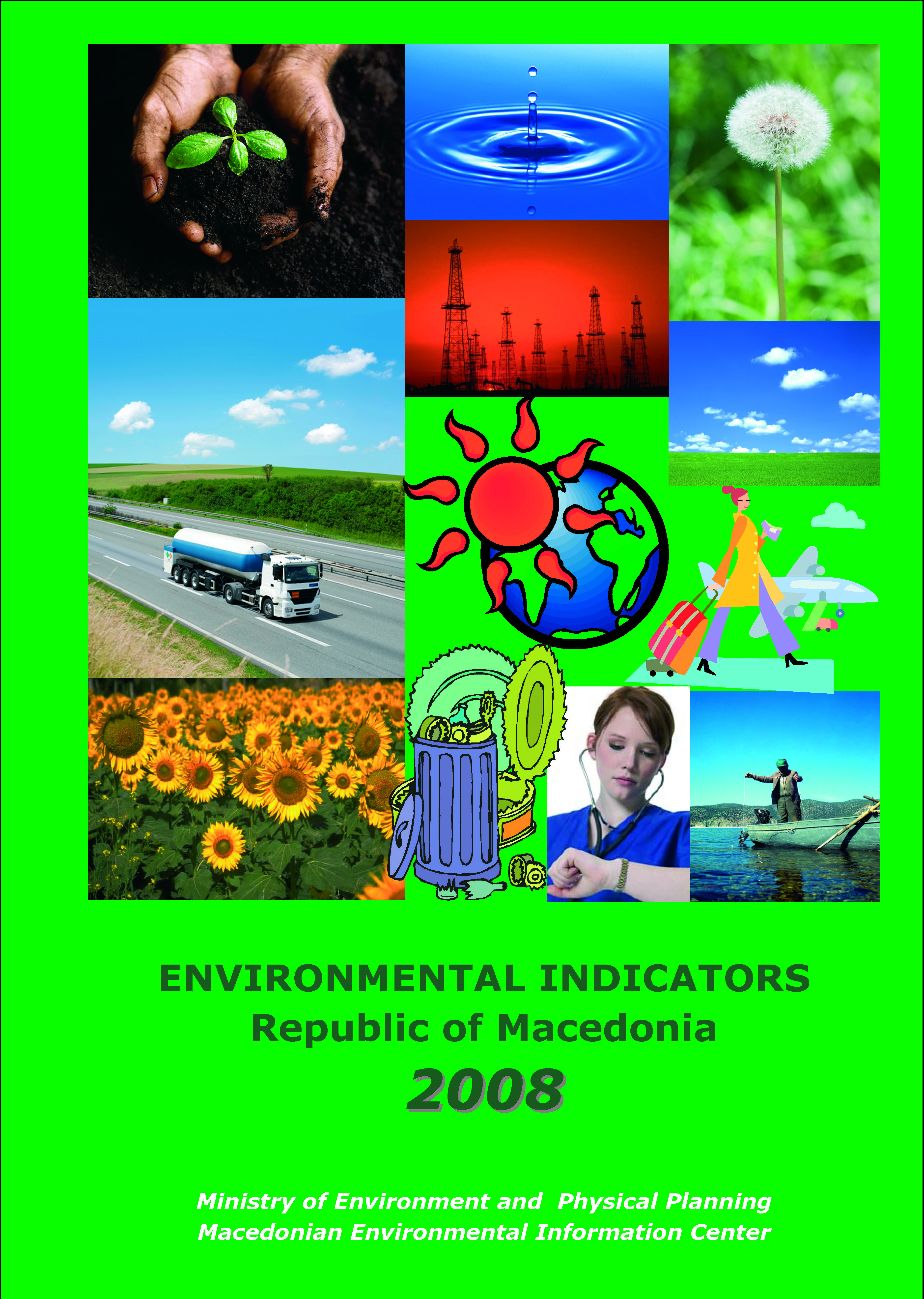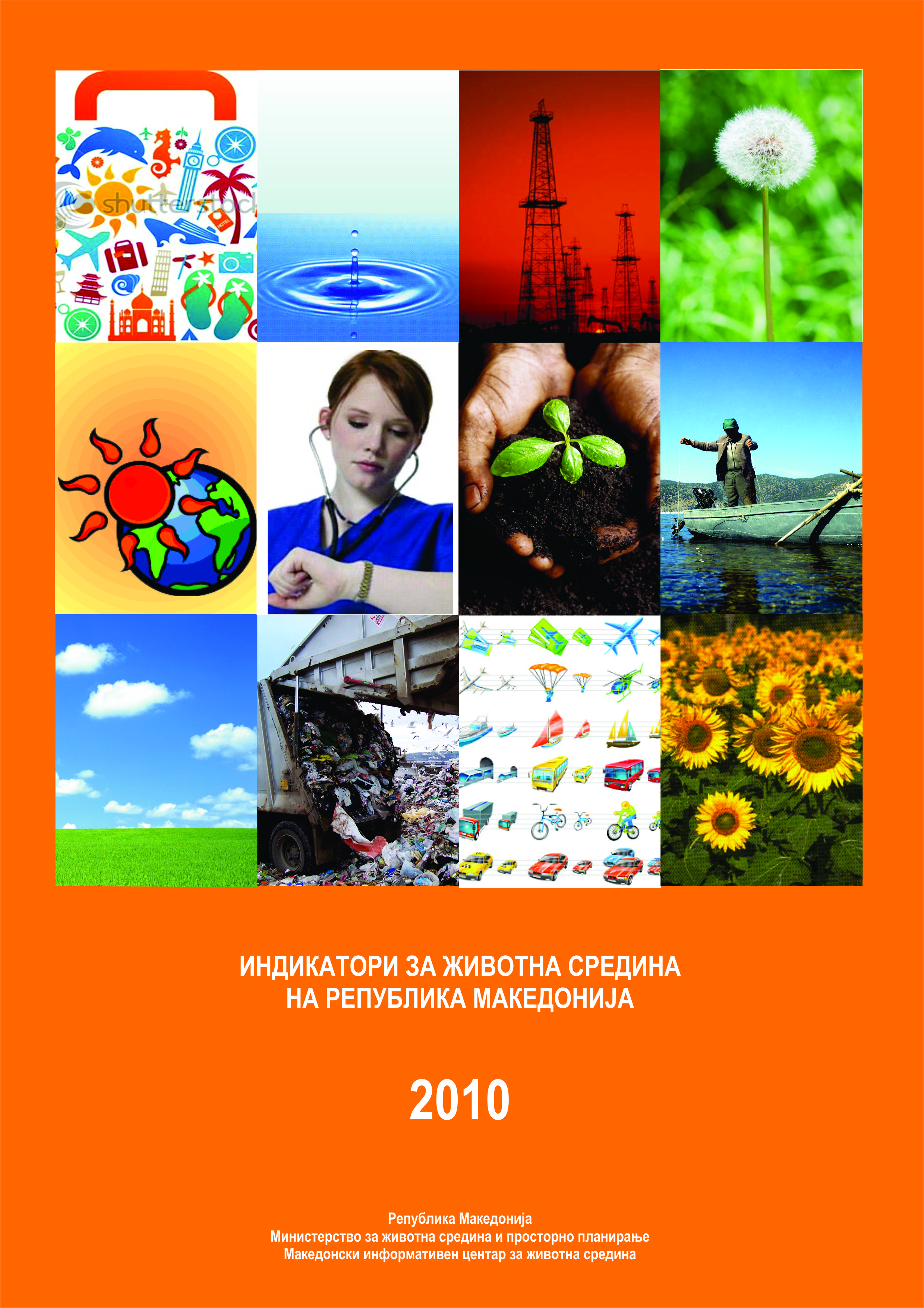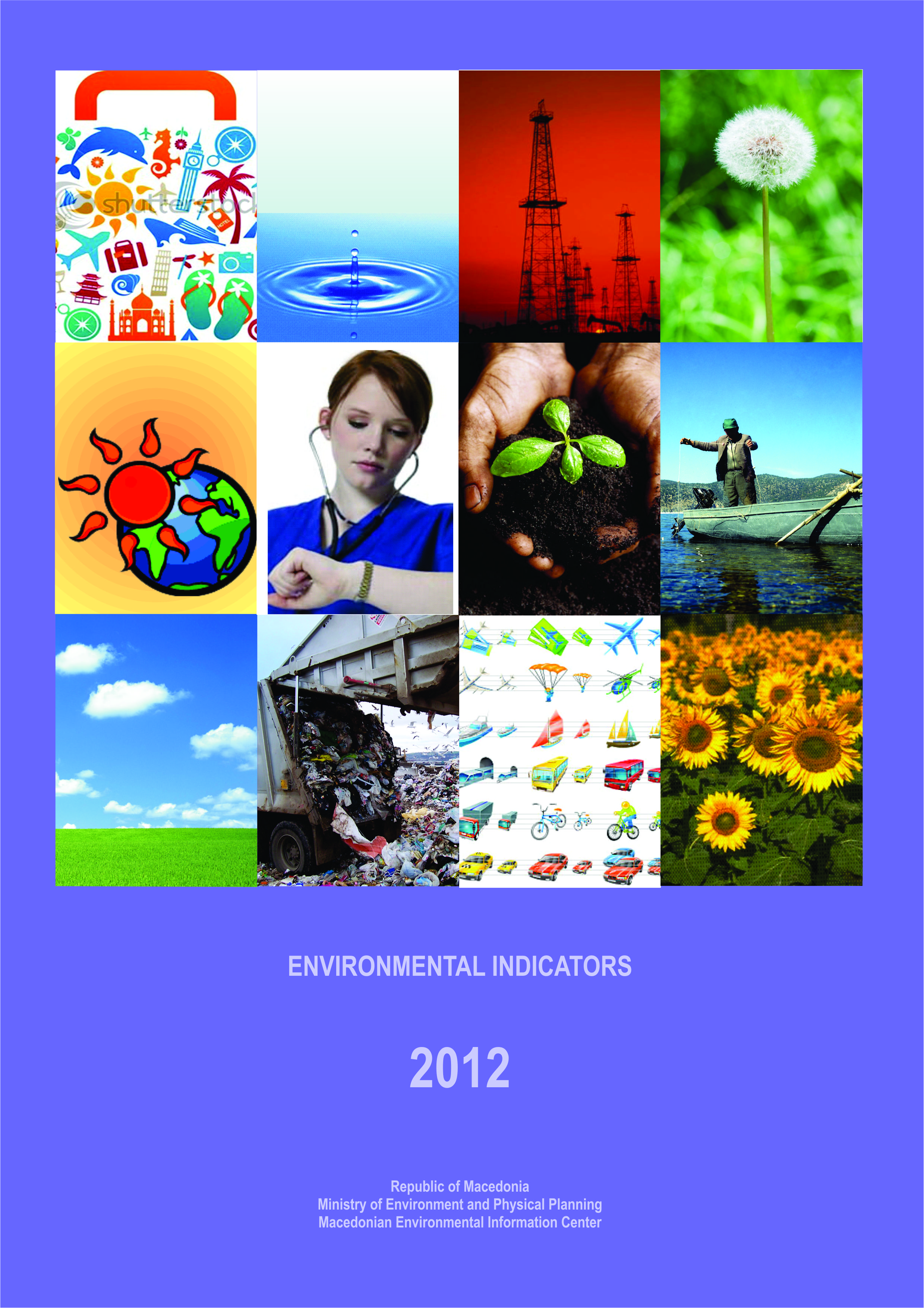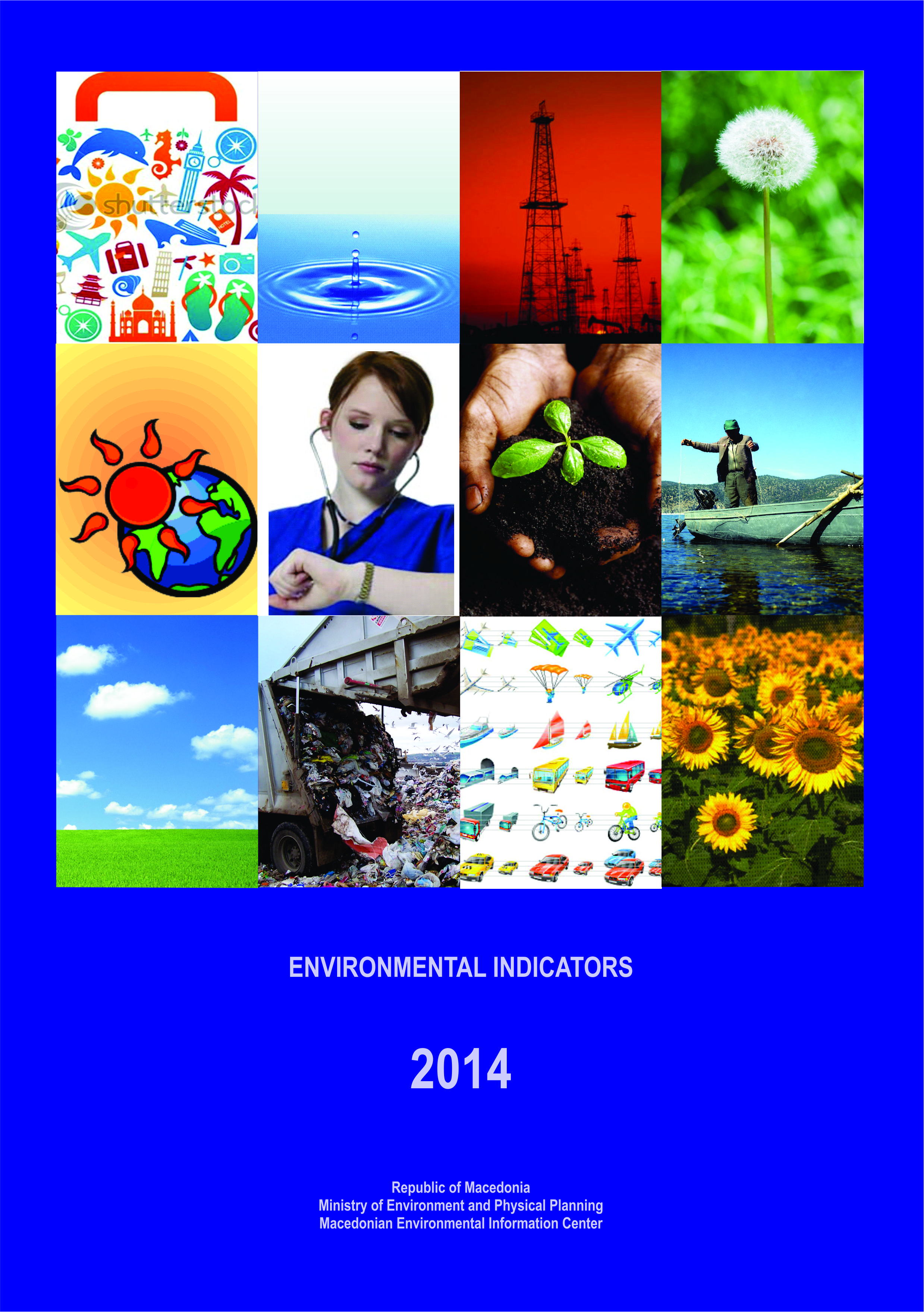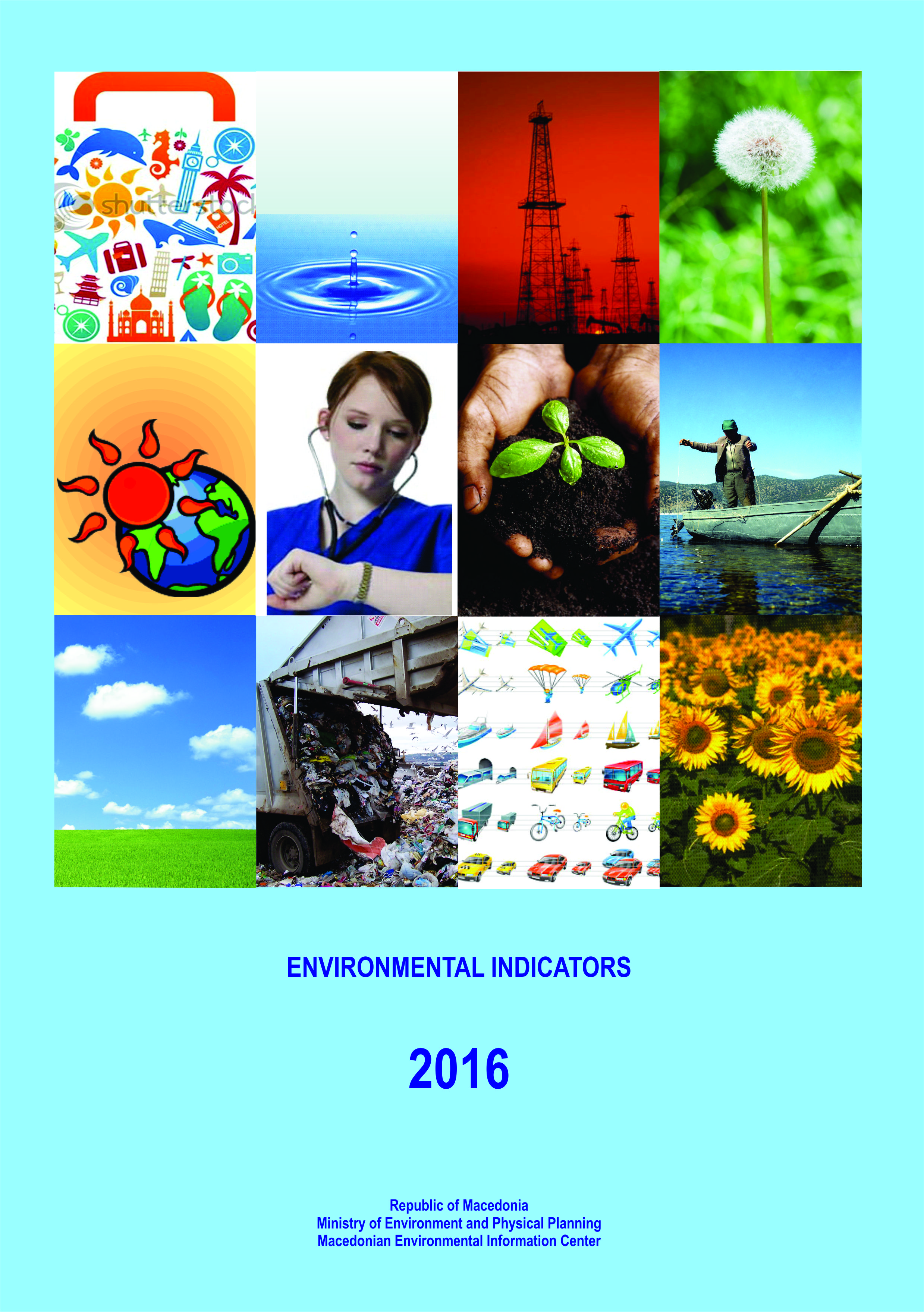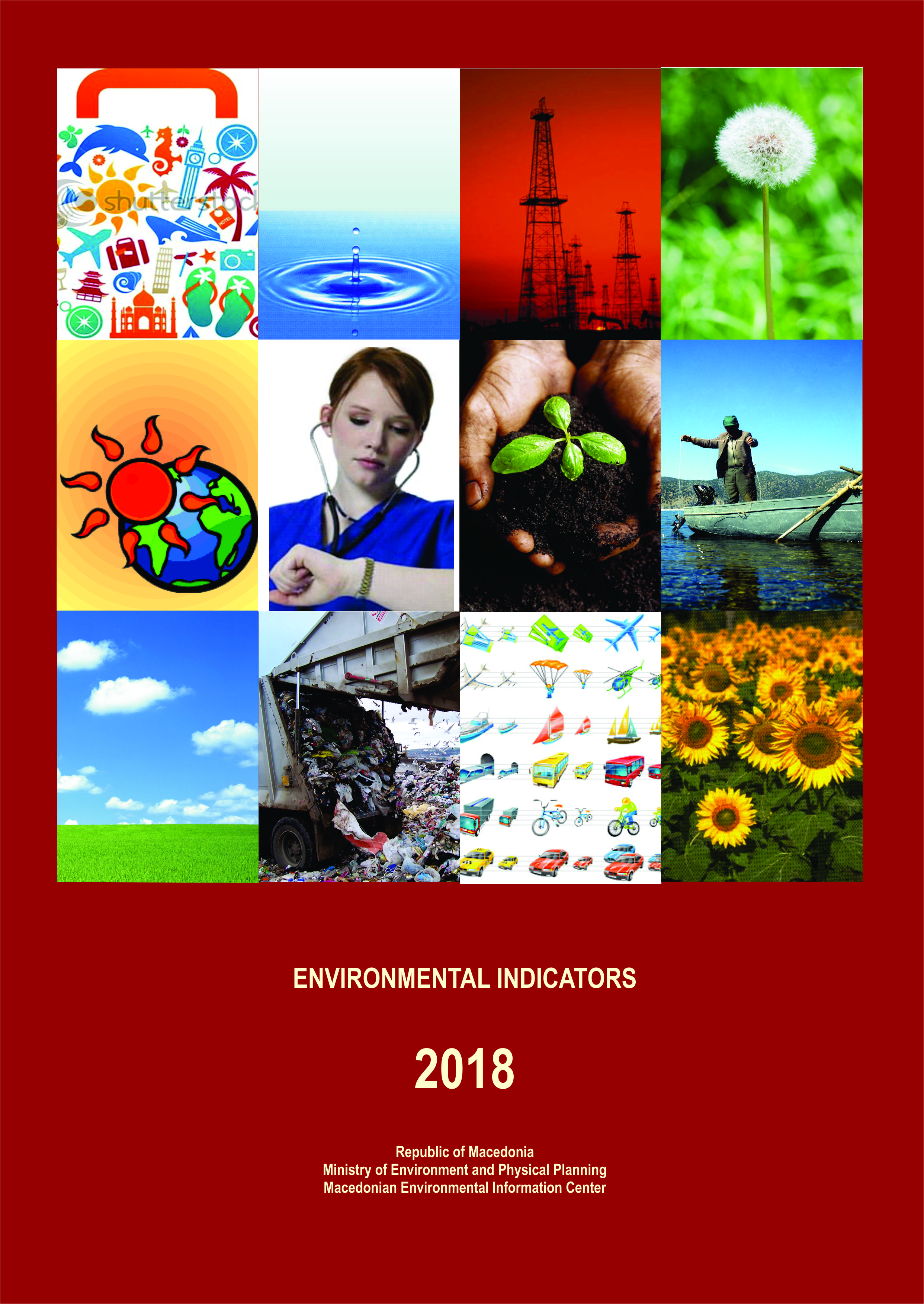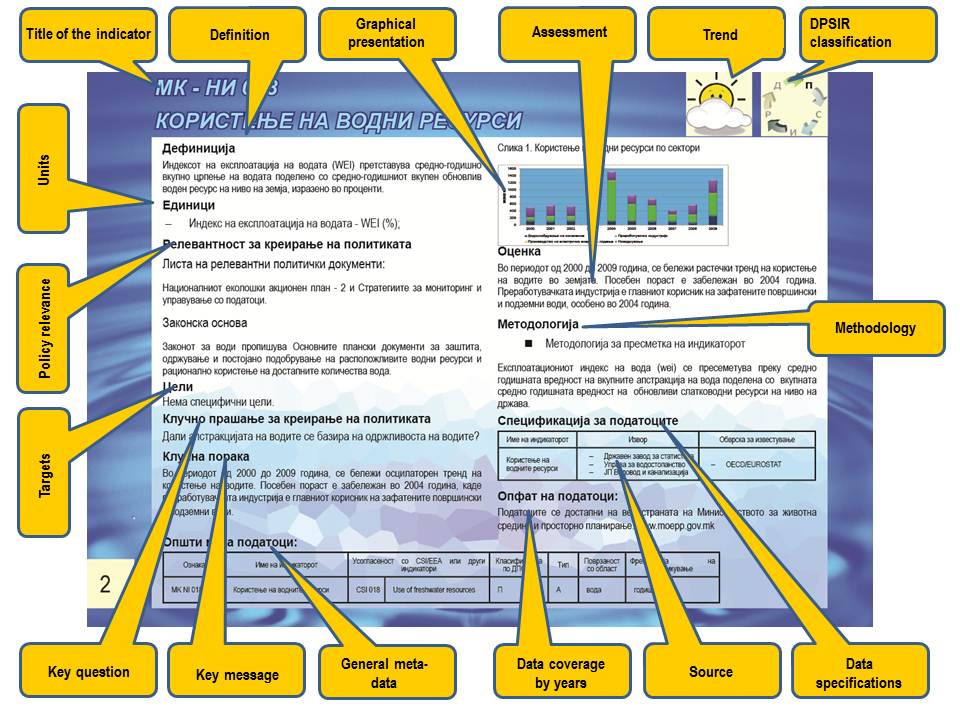All indicators in a set have been classified in accordance with the framework known by its abbreviation DPSIR, comprising the following concepts: Driving forces – Pressures – State – Impacts – Responses, where each phase transmits its own meaning (Figure 1). This framework is particularly important and clear with regard to environmental policy creation.
- Driving forces are a social and economic factors and activities that cause either the increase or mitigation of pressures on the environment. They may, for example, include the scope of economic, transport or tourist operations.
- Pressures are represented by direct anthropogenic pressures and impacts on the environment, such as pollutant emissions or the consumption of natural resources.
- State relates to the current state and trends of the environment that determine the level of air, water body and soil pollution, the biodiversity of species within individual geographical regions, the availability of natural resources, such as timber and fresh water.
- Impacts are the effects that the environmental changes have on human and non-human health status.
- Responses are society’s reactions to environmental issues. They may include specific State measures, such as taxes on the consumption of natural resources. Decisions made by companies and individuals, such as corporate investments into pollution control or purchase of recycled goods by households are also important.
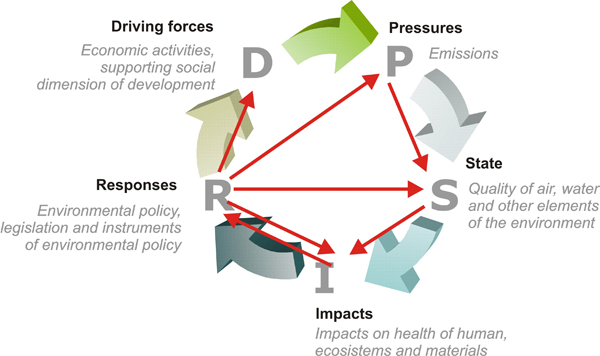
Indicators are also classified by their type into five categories, namely:
А = descriptive indicator (answering the question What is happening to theenvironment and to humans?; in other words, it describes the current state )
B = performance indicator (answering the question What is the distance between the currentenvironmental situation and the desired situation (target)?, or it compares the current state of the environment with the specified environmental protection targets and they serve the monitoring of the progress towards such targets).
C = efficiency indicator (answering the question Does the environment improve?, or it states if the socity has improved the quality of products and processes relative to resources, emissions and waste per unit waste)
D = Policy-effectiveness indicator (answering the question How effectively has the official country’s environmental policy been implemented? Or if and to what extent the official national policy has been implemented)
E = Total Welfare indicators (answering the question Has the overall state improved?, or it describes if and to what extent has the country practiced sustainable development, i.e. economic development providing social welfare for the citizens and protection for the environment).



















































